
Lichun (Start of Spring), the first solar term of the year, lifts the curtain on spring. [Photo provided to chinadaily.com.cn]
Han Limei and her husband Gai Bin, a couple of folk artists in Jingyu county, Northeast China's Jilin province, have created a series of rural paintings representing the 24 solar terms in the traditional Chinese calendar.
Combining the regional characteristics and folk cultures, the paintings present scenes of the 24 solar terms in Northeast China and depict Chinese farmers with vitality and charm.
More than 2,000 years ago, ancient Chinese people created this framework to mark the annual passage of time based on observations of the sun's motion.
Nowadays, the 24 solar terms not only apply to farming but also guide Chinese people in everyday life.
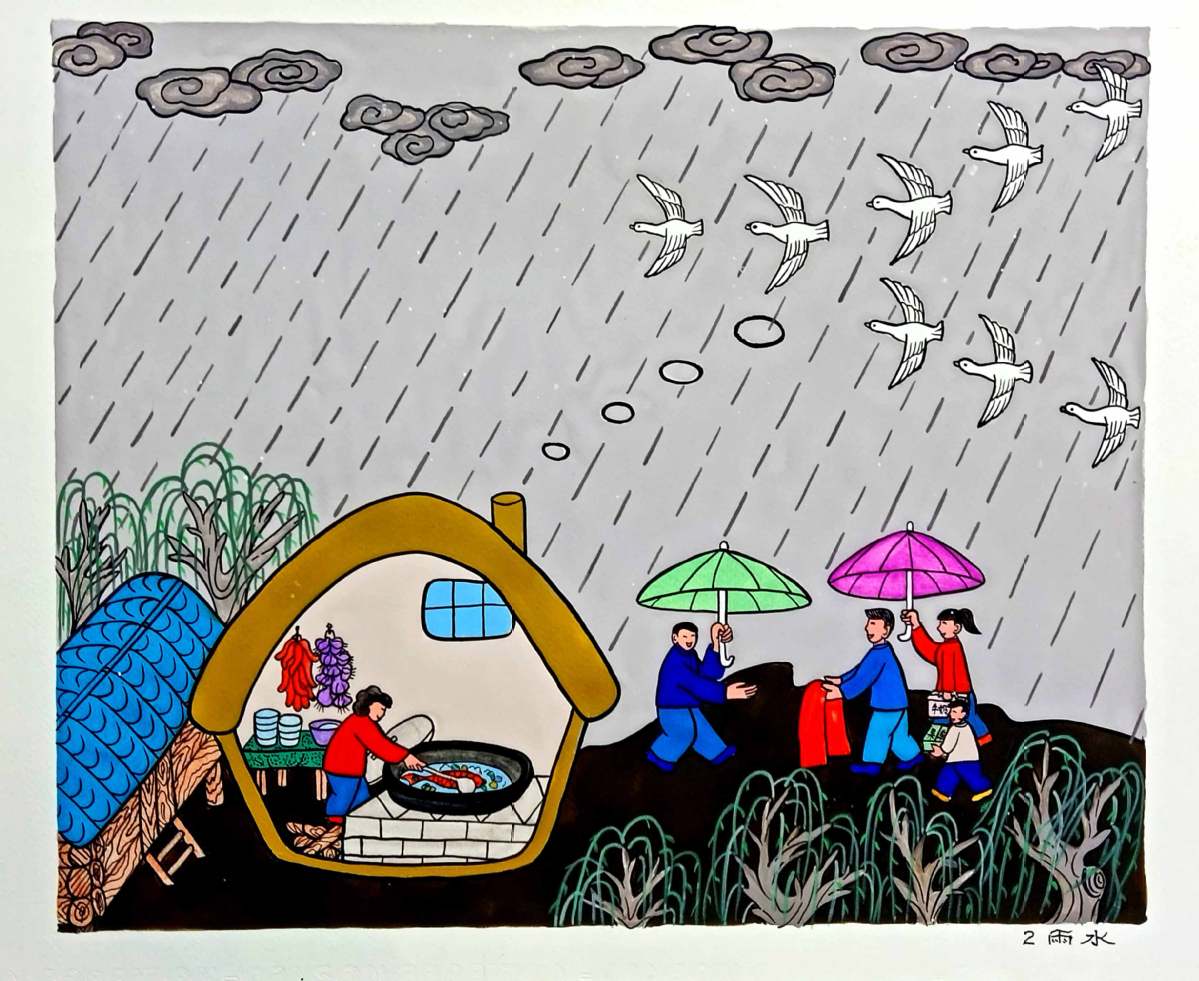
Yushui (Rainwater), the second solar term of the year, signals the increase in rainfall and temperature. [Photo provided to chinadaily.com.cn]
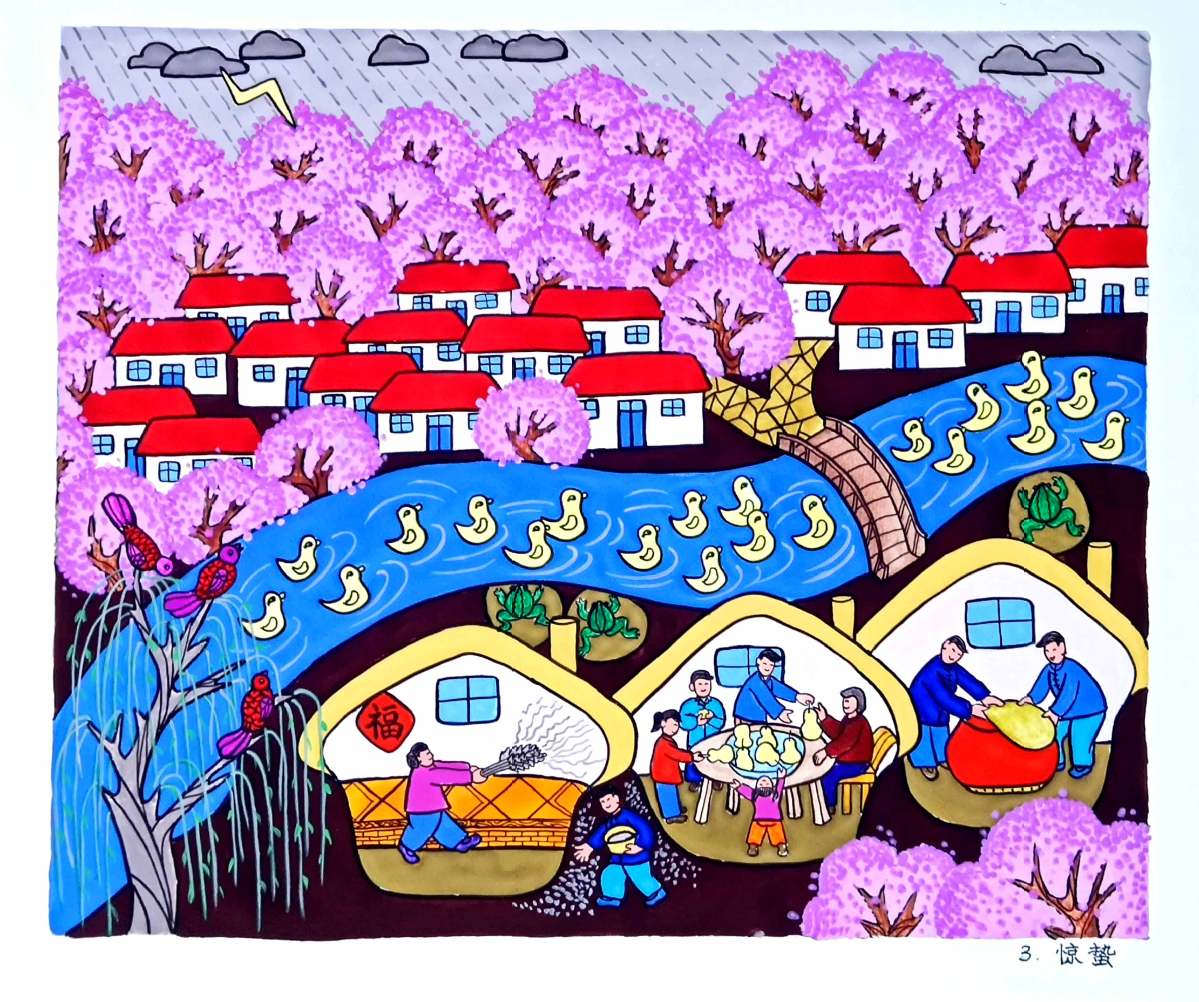
Jingzhe (Awakening of Insects), the third solar term of the year, signals a rise in temperature and increased rainfall. [Photo provided to chinadaily.com.cn]
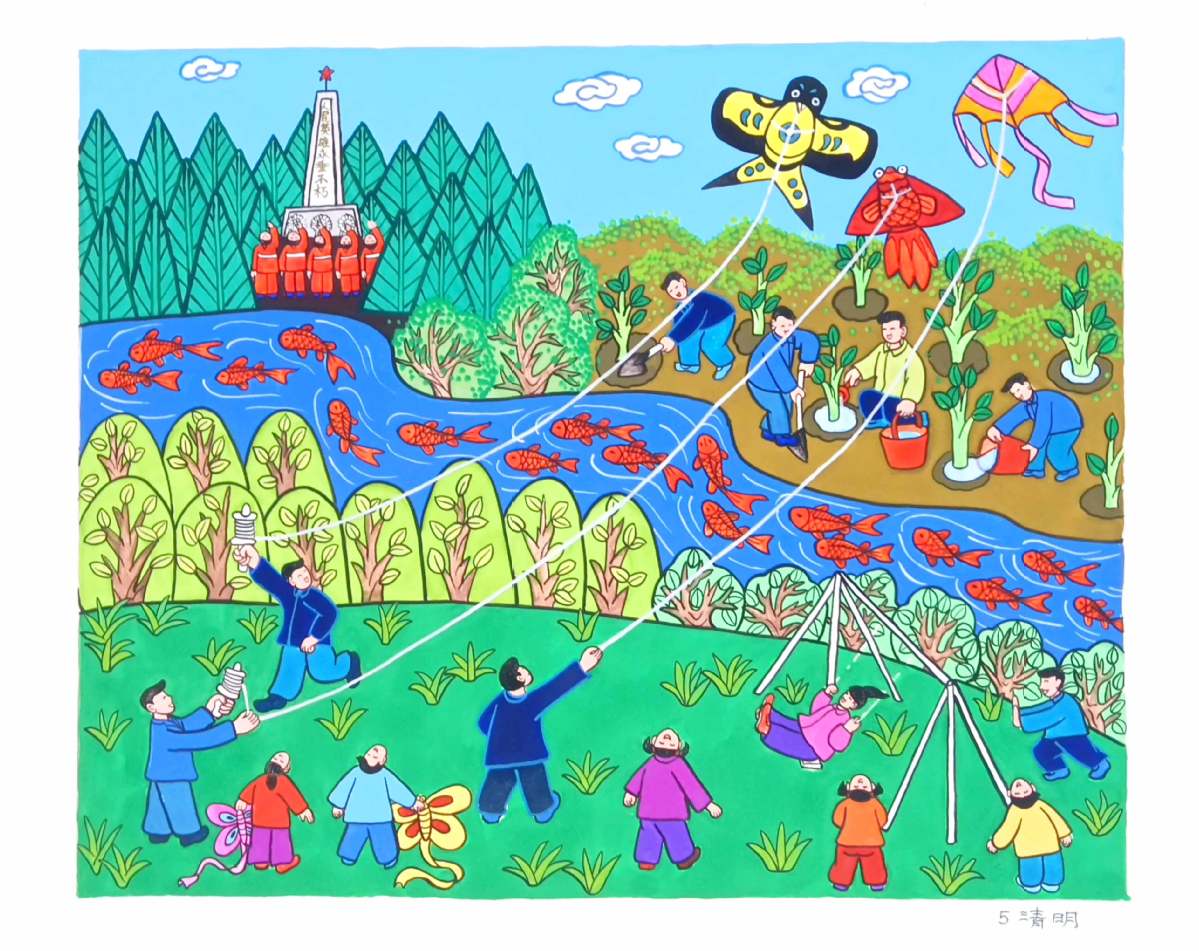
Qingming (Clear and Bright), the fifth solar term of the year, is the only one for which the first day doubles as a holiday, Qingming Festival, also known as Tomb-Sweeping Day. [Photo provided to chinadaily.com.cn]

Guyu (Grain Rain), the last solar term in spring, signals the end of cold weather and a rapid temperature rise. [Photo provided to chinadaily.com.cn]
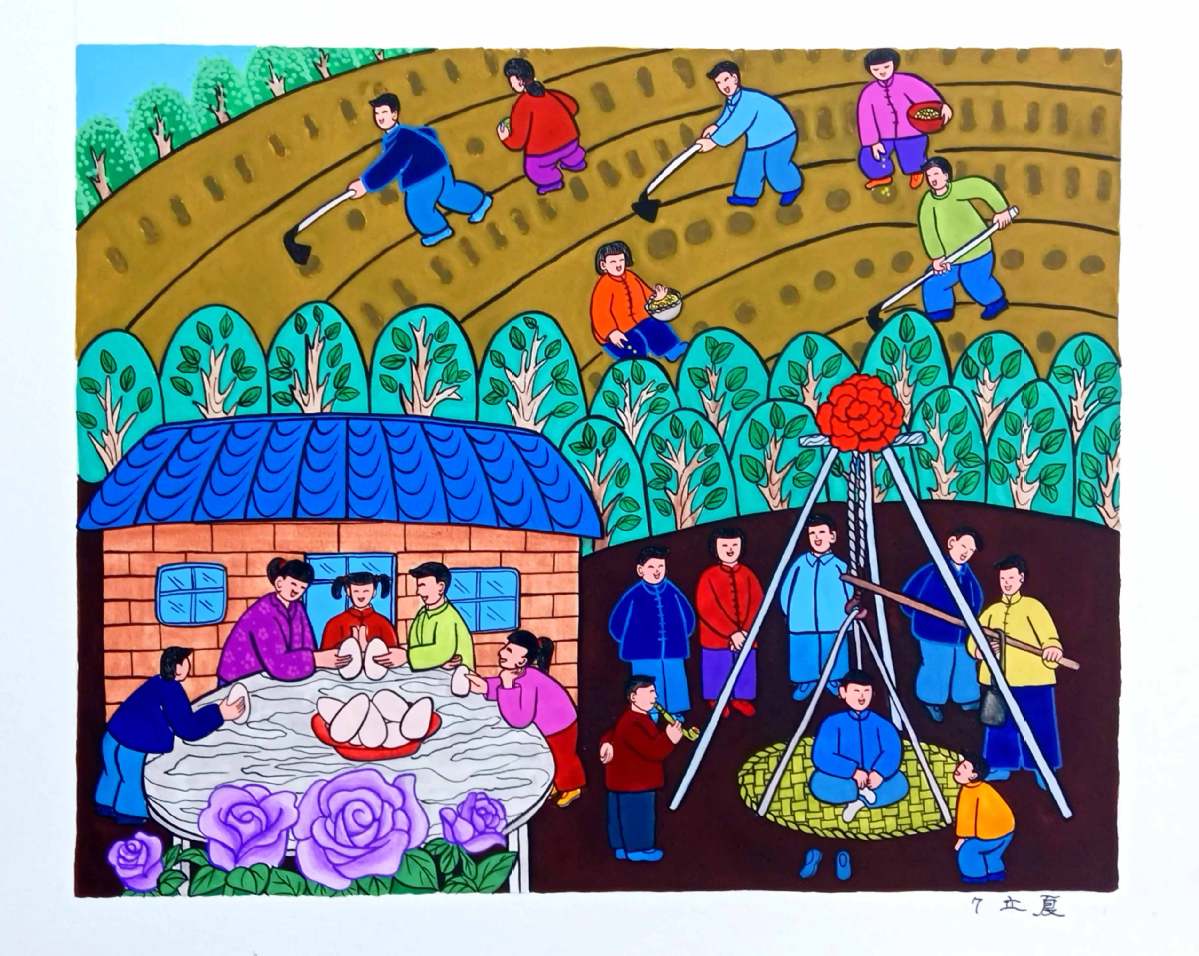
Lixia (Start of Summer), the seventh term of the year, signals the transition of seasons. The temperature begins to rise rapidly. [Photo provided to chinadaily.com.cn]
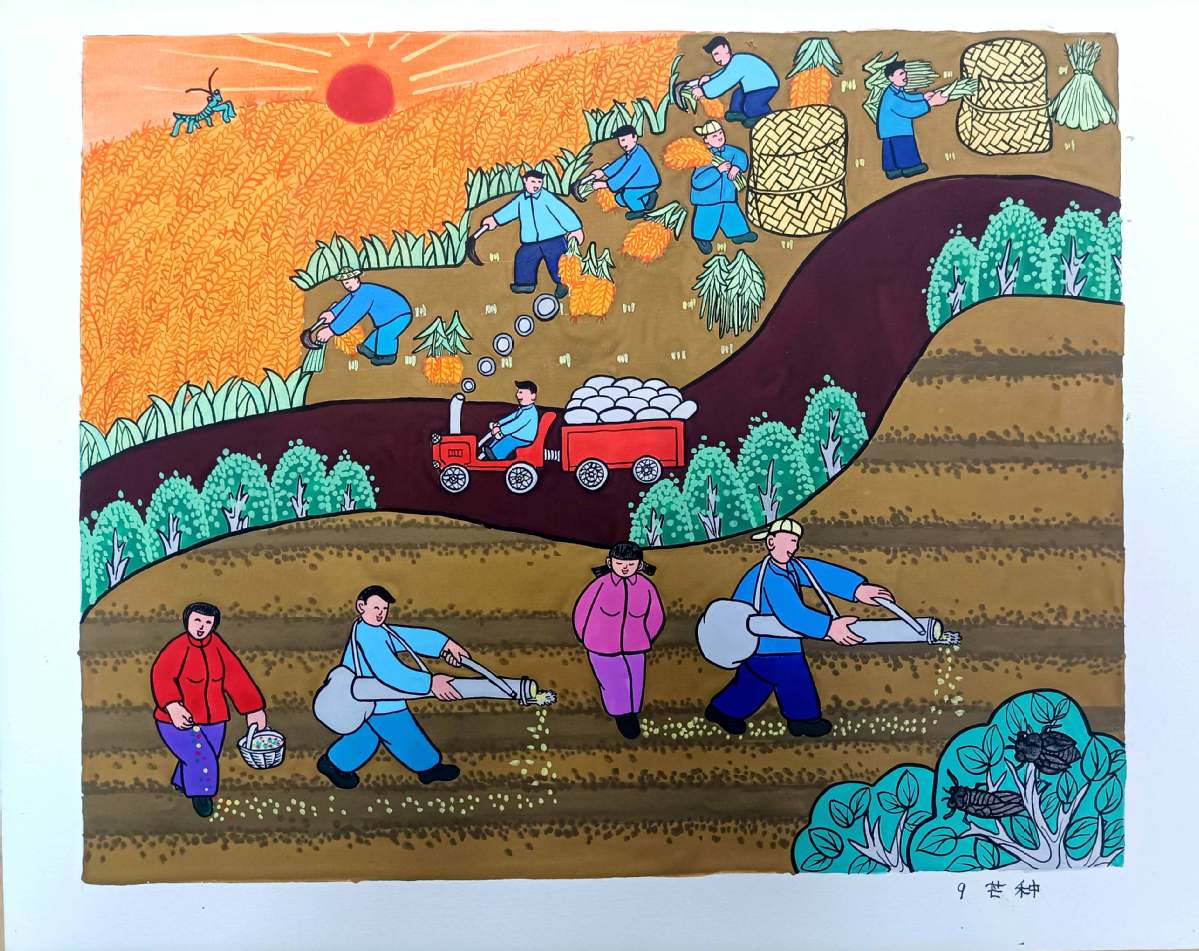
Mangzhong (Grain in Ear), the ninth solar term of the year, signifies the ripening of crops, such as barley and wheat. [Photo provided to chinadaily.com.cn]
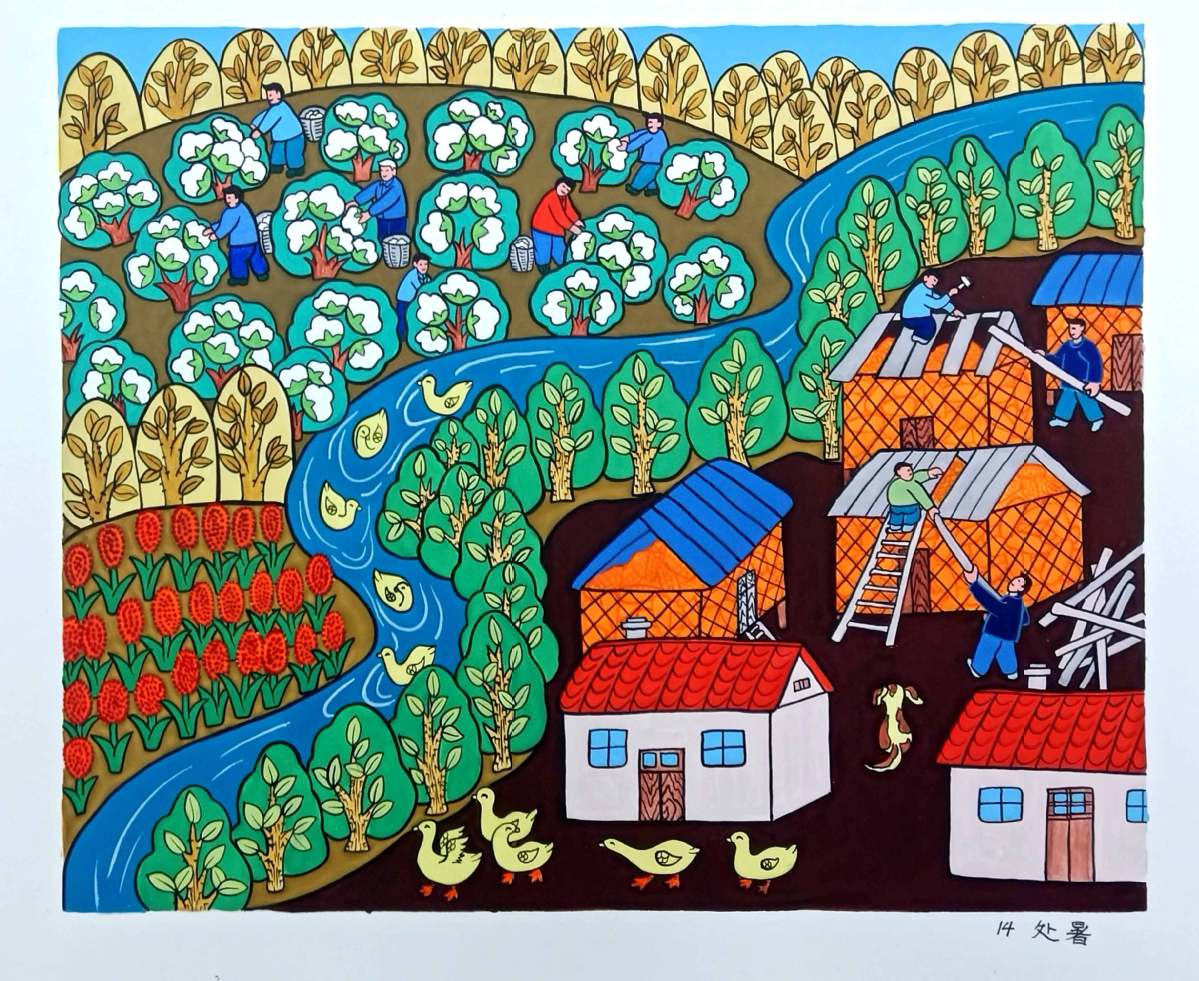
Chushu (End of Heat), the 14th solar term of the year, implies that most parts of China are moving past the hot summer and entering autumn. [Photo provided to chinadaily.com.cn]
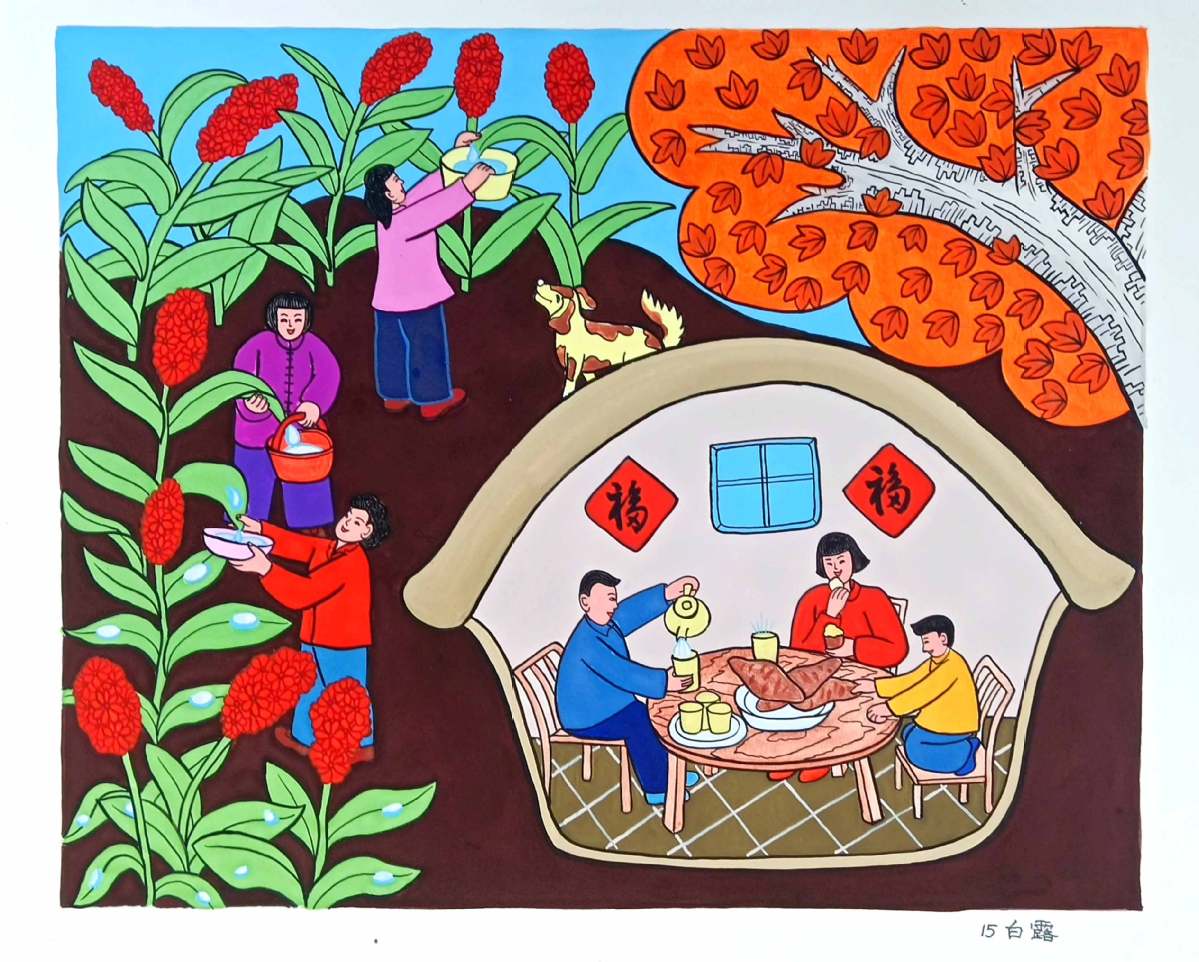
Bailu (White Dew), the 15th solar term of the year, indicates the beginning of cool autumn. [Photo provided to chinadaily.com.cn]
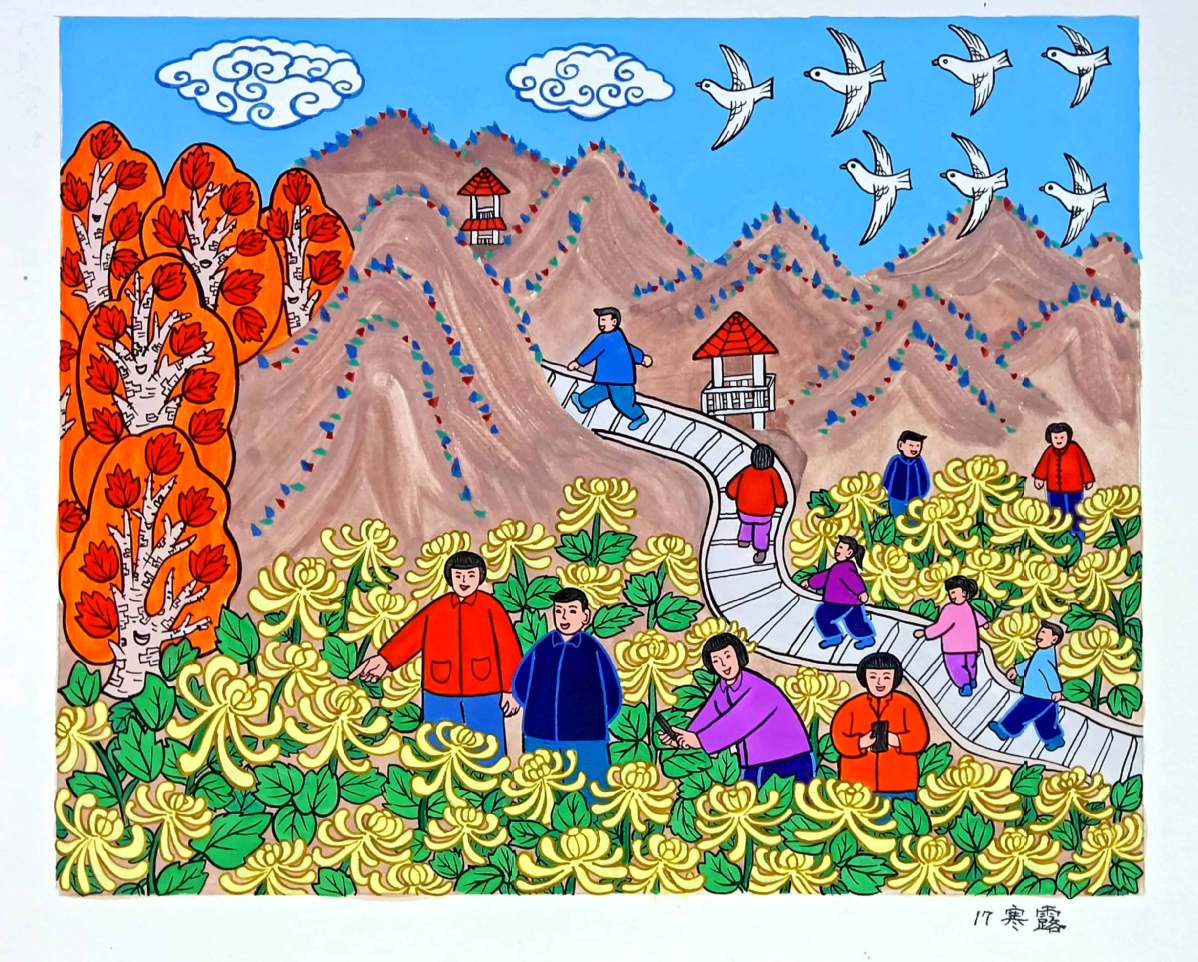
Hanlu (Cold Dew), the 17th solar term of the year, means the dew is more prevalent and colder, and there will be less rain. Autumn crops begin to ripen. [Photo provided to chinadaily.com.cn]
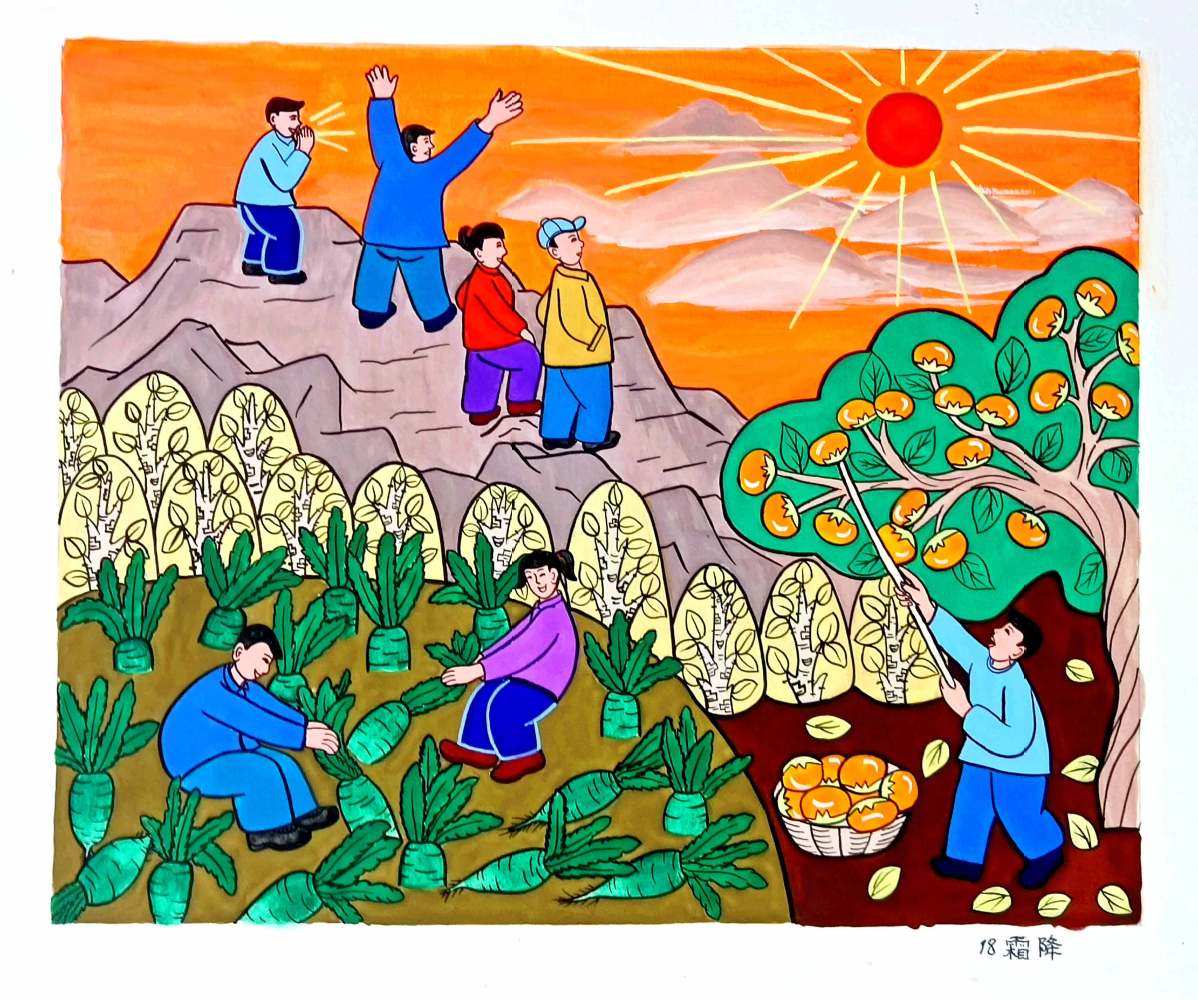
Shuangjiang (Frost's Descent), the 18th solar term of the year, is the last solar term of autumn, during which the weather becomes much colder and frost begins to appear. [Photo provided to chinadaily.com.cn]

Lidong (Start of Winter), the 19th solar term of the year, is the first solar term of winter, which means winter is coming, and crops harvested in autumn should be stored up. [Photo provided to chinadaily.com.cn]
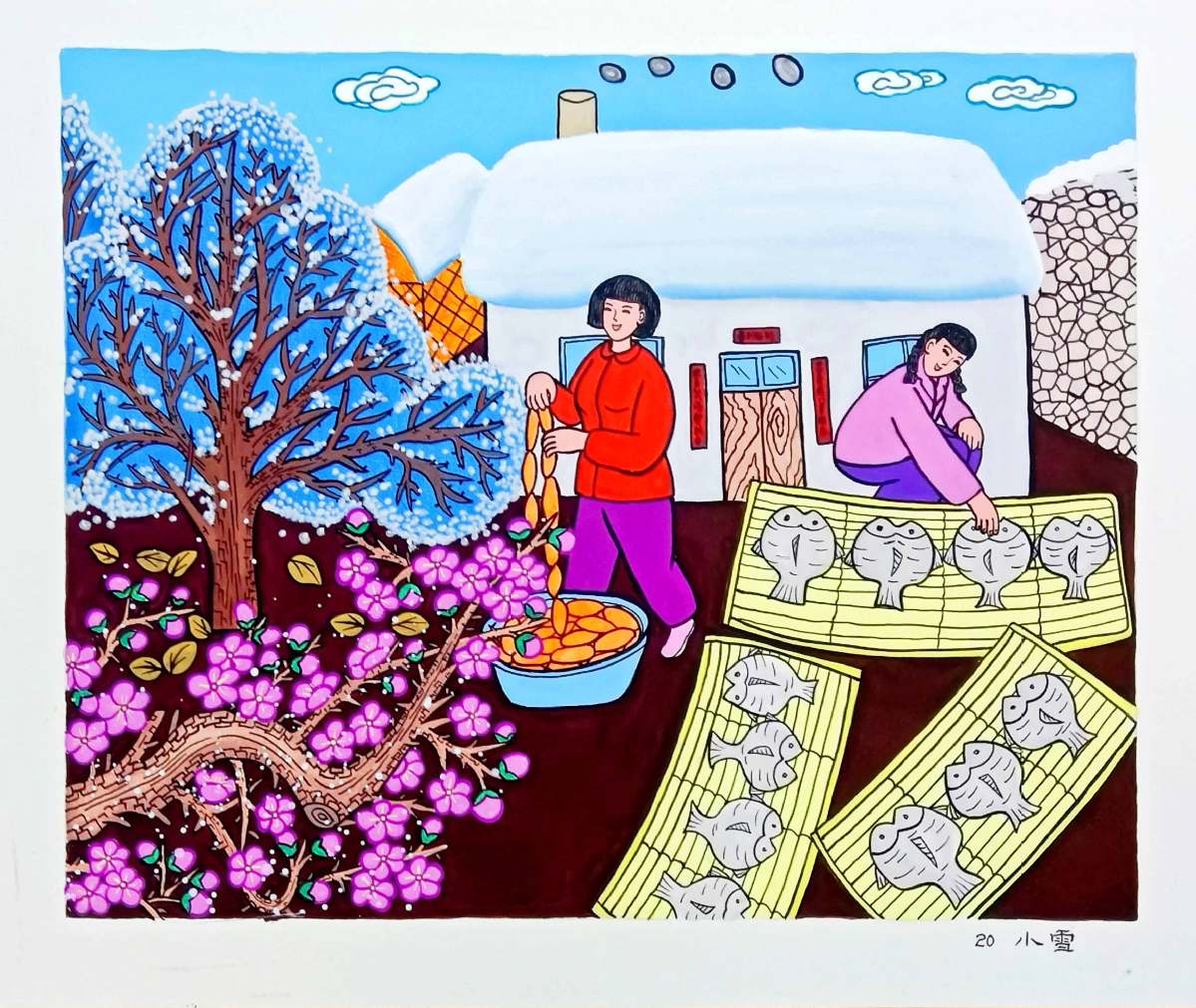
Xiaoxue (Minor Snow), the 20th solar term of the year, refers to the time when it starts to snow, mainly in China's northern areas, and the temperature continues to drop. [Photo provided to chinadaily.com.cn]
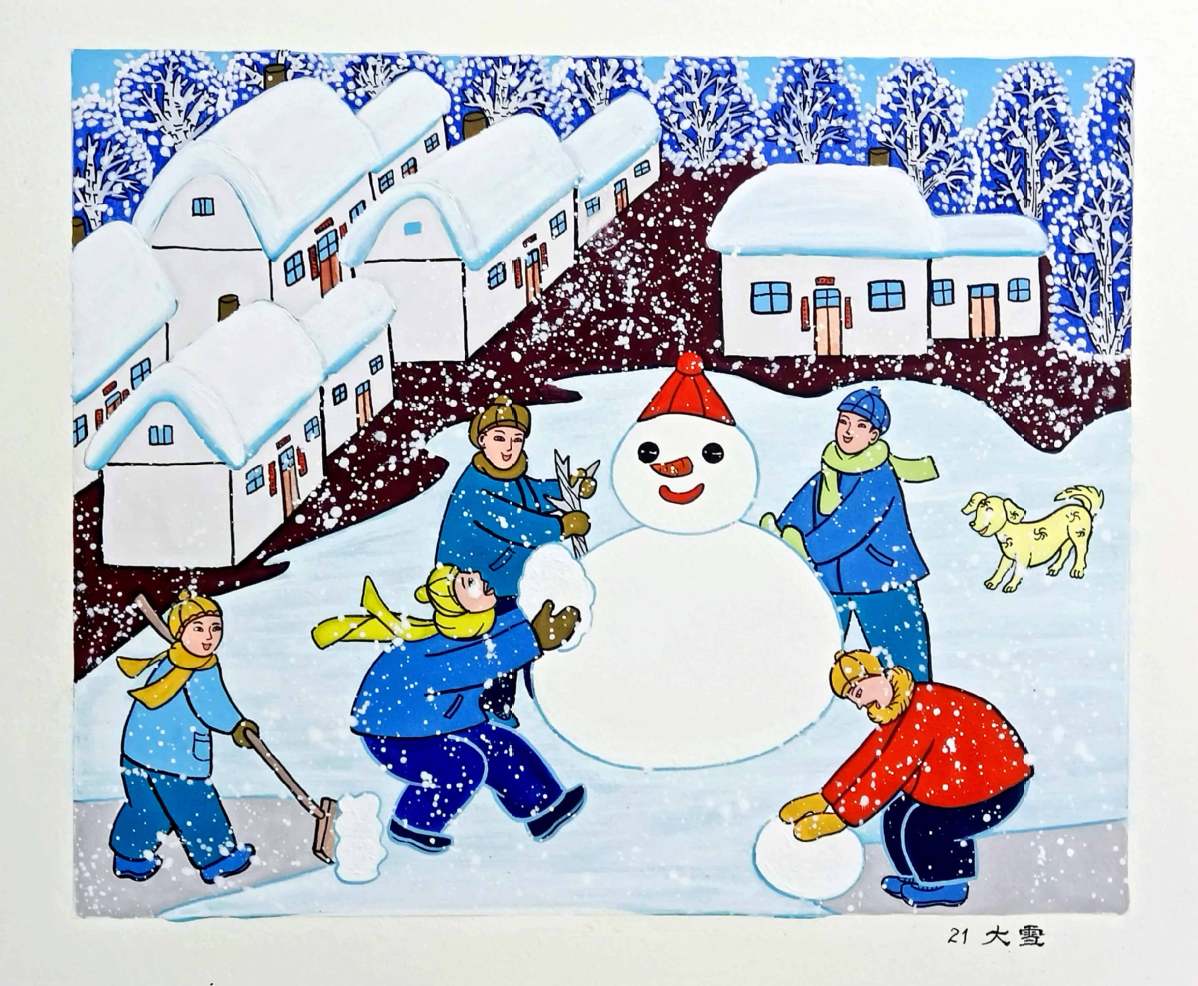
Daxue (Major Snow), the 21st solar term of the year, means the snow becomes heavy and begins to accumulate on the ground. The temperature drops significantly. [Photo provided to chinadaily.com.cn]
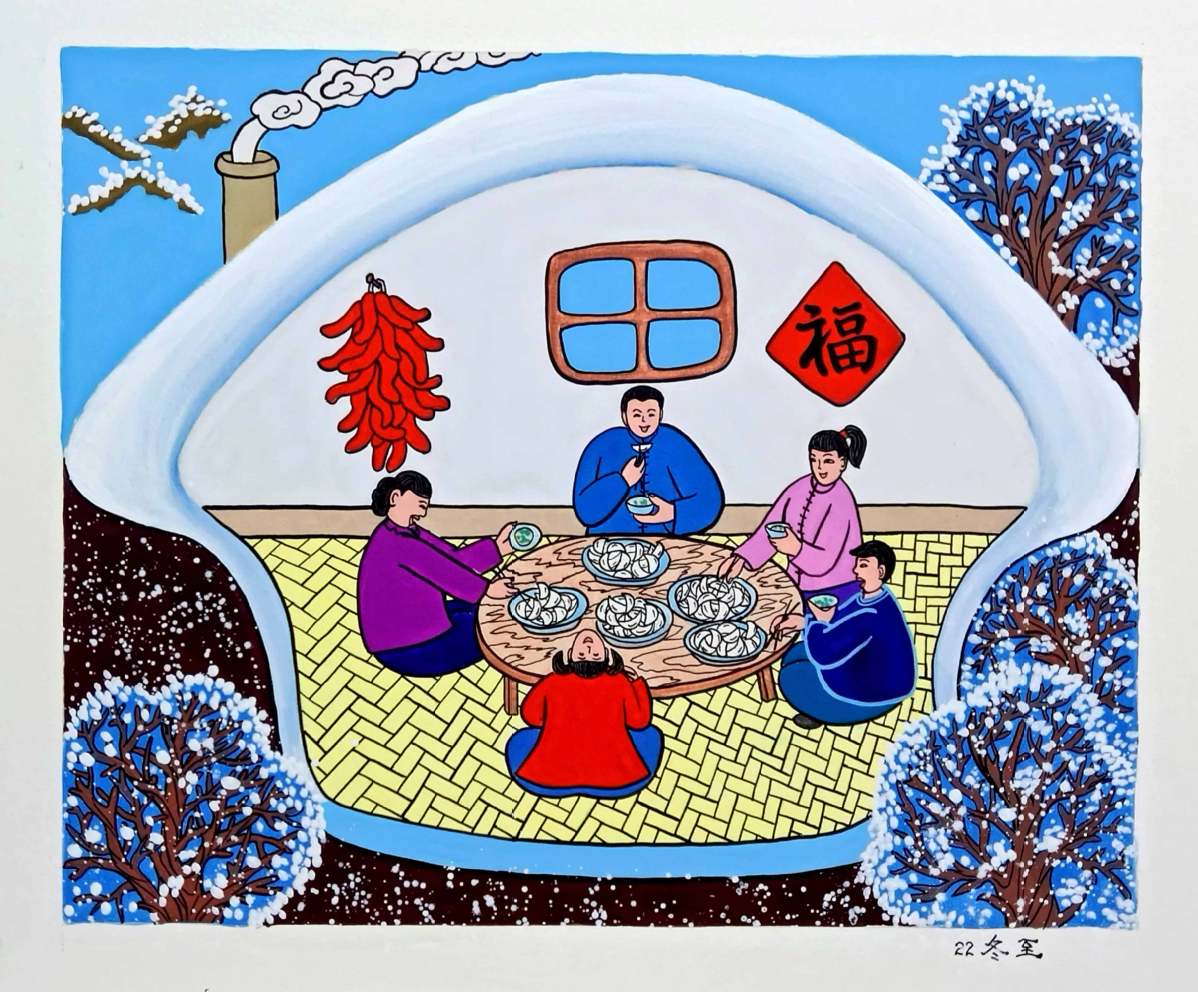
Dongzhi (Winter Solstice) is the 22nd solar term of the year. On the first day of Dongzhi, the Northern Hemisphere experiences the shortest day and the longest night of the year as the sun shines directly at the Tropic of Capricorn. [Photo provided to chinadaily.com.cn]
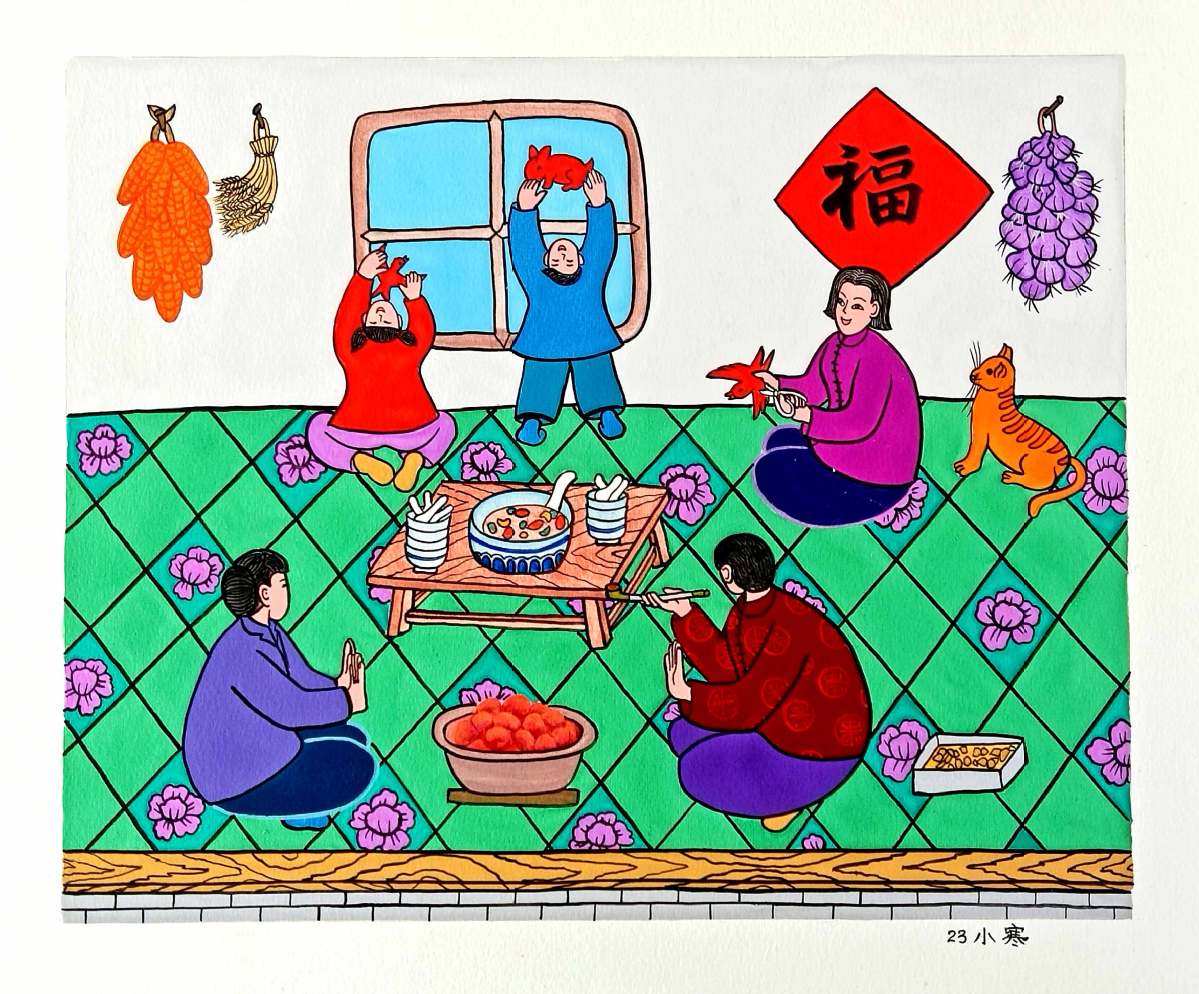
Xiaohan (Minor Cold), the 23rd solar term of the year, means most areas in China have entered the bitter cold stage of winter. [Photo provided to chinadaily.com.cn]
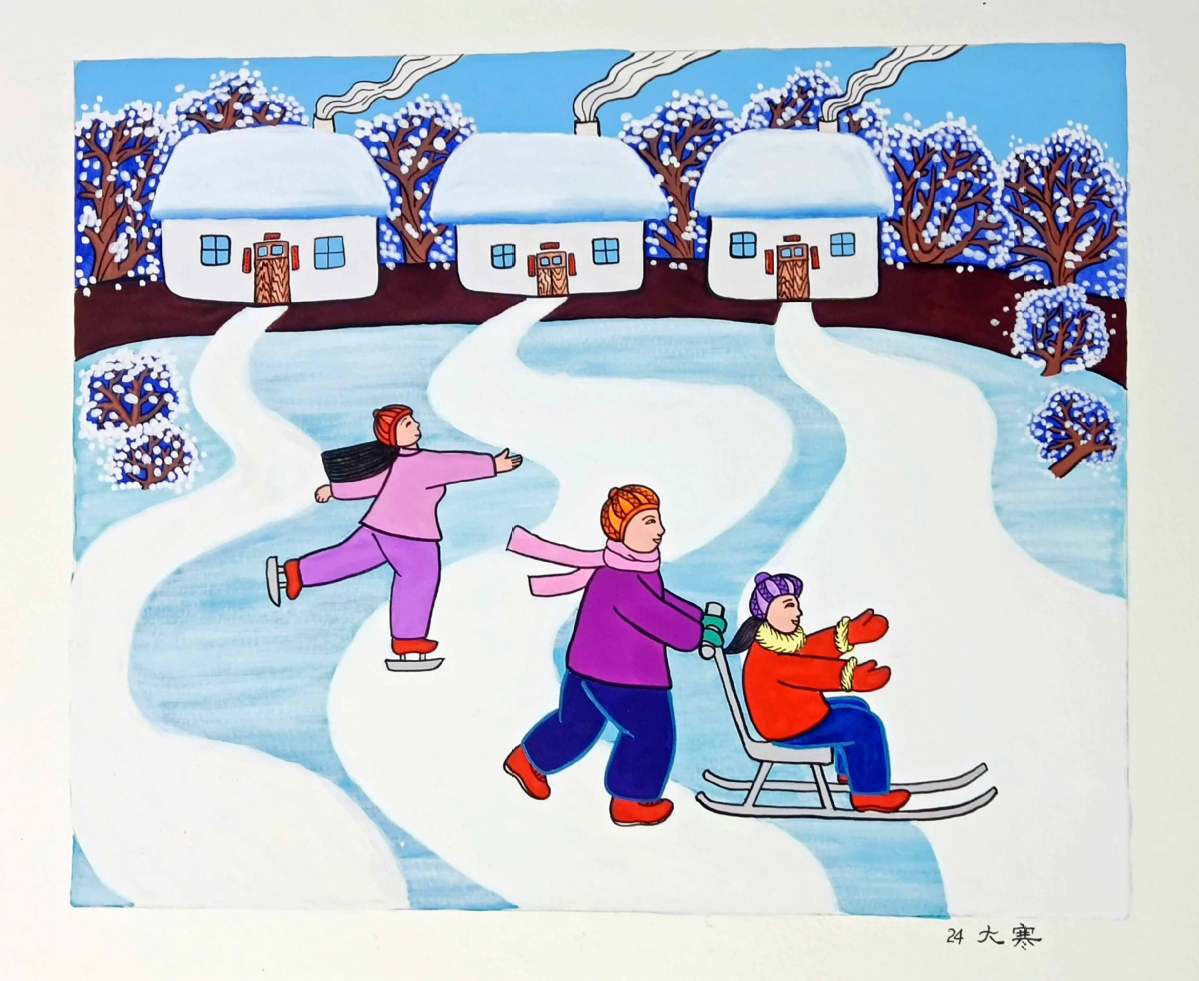
Dahan (Major Cold) is the last solar term in winter and the whole year. In this period, snow, rain and icy cold weather exert a massive influence on people's lives. [Photo provided to chinadaily.com.cn]